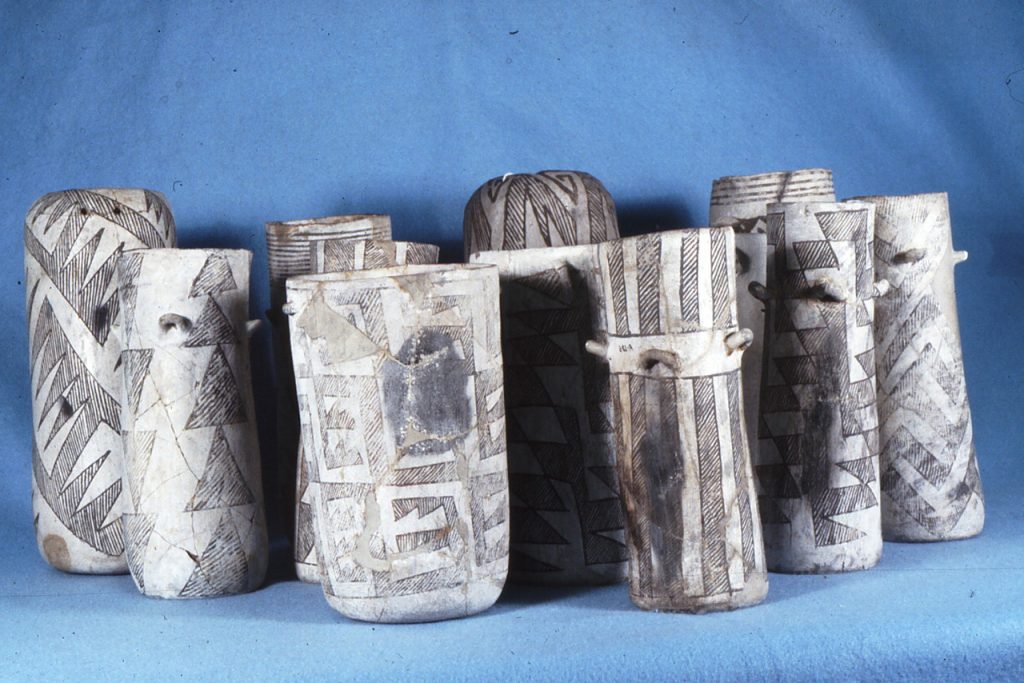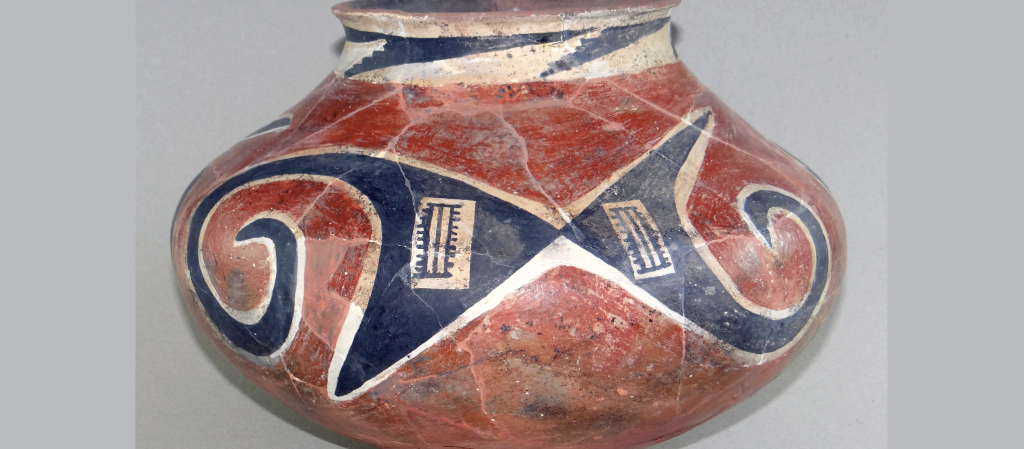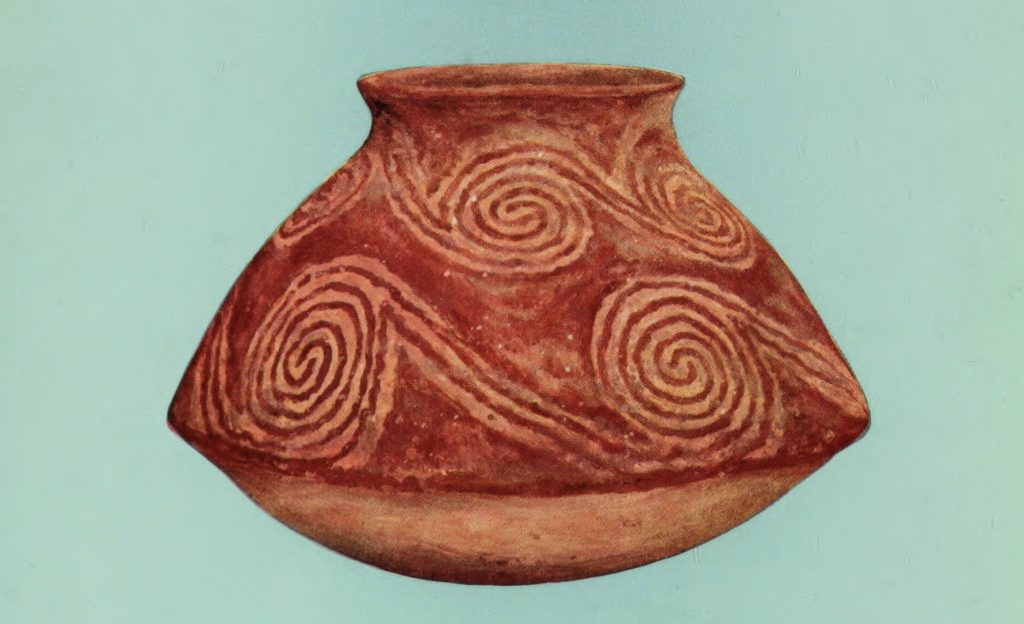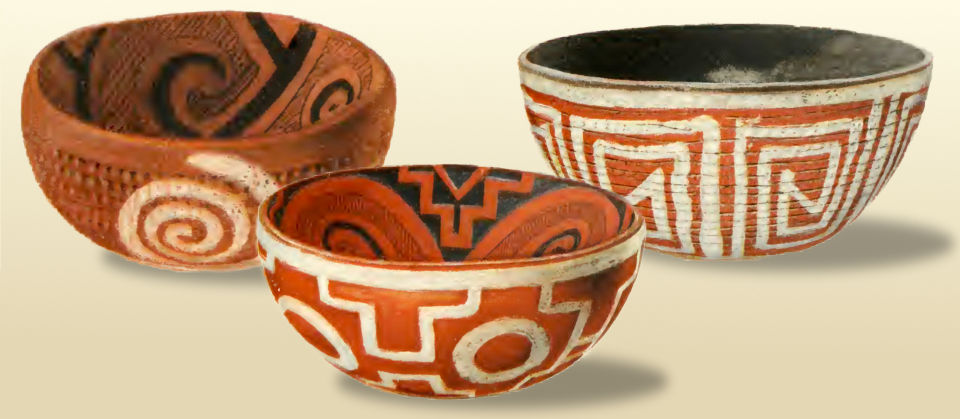Ancient Southwest pottery is a rich field of study that encapsulates thousands of years of cultural expression and technological development among various indigenous groups in what is now known as the American Southwest. Here’s a comprehensive overview:
History and Cultural Significance
- Origins and Evolution: Pottery in the Southwest dates back to around 150 CE, with the Ancestral Puebloans (formerly known as Anasazi) being among the earliest to create pottery in the region. Over time, different cultures like the Mogollon, Hohokam, and later the Hopi, Zuni, and other Pueblo peoples developed distinctive styles.
- Cultural Use: Beyond its utility for storage, cooking, and transport, pottery was deeply embedded in the social fabric of these societies. It was used in ceremonies, trade, and even as a medium for storytelling, reflecting religious, clan, and historical narratives.

Techniques and Materials
- Hand Building: Traditional methods included coiling, where clay is rolled into long strands and coiled to form the pot’s shape. Pinch pots were also common for smaller items. The use of a potter’s wheel was not seen until after European contact.
- Firing: Ancient potters fired their wares in open pits or with trench kilns, using natural materials like wood or coal for fuel. This open firing method was crucial for achieving specific colors and effects.
- Decoration: Techniques varied from simple geometric patterns to complex iconography. Paint was often made from natural mineral pigments, applied using brushes made from yucca leaves. Polychrome pottery, featuring multiple colors, became popular, especially around 1200-1300 AD.
Styles and Variations
- Regional Styles: Each tribe or pueblo developed unique styles, influenced by local materials and cultural preferences:
- Acoma: Known for fine-line designs and thin, white pottery.
- Hopi: Famous for their earthy tones and intricate designs inspired by nature.
- Mimbres: Recognized for their black-on-white geometric and figurative designs in bowls.
- Santa Clara: Renowned for their blackware, often polished to a high sheen.
- Temporal Variations: Pottery styles evolved over time, with new techniques and designs being introduced or revived, like the black-on-black pottery which was revived by Maria Martinez in the 1930s from San Ildefonso Pueblo.

Modern Continuation
- Contemporary Pottery: Today, many Southwestern tribes continue these ancient traditions while also incorporating modern innovations. Potters like Nampeyo from the Hopi tribe revitalized ancient designs, blending them with contemporary art. Learn how Pueblo pottery is made.
- Education and Workshops: Workshops and educational programs allow enthusiasts to learn traditional methods, often involving digging clay, hand-building, and firing pottery as the ancients did. See what workshops are currently available at this link.
- Collecting: The art form has become collectible, with pieces often appreciated for their historical and artistic value. Museums, galleries, and private collections highlight the diversity and beauty of Southwestern pottery. Should you buy relic pots or replicas?
Ancient Southwest pottery not only serves as a testament to the ingenuity and culture of the Native American communities but also continues to inspire and educate modern potters and collectors.


